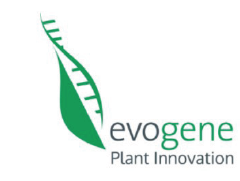
Introducing new genes into cyanobacteria is quicker than into plants but not as quick as one might expect. For example, the bacteria E. coli can be transformed overnight. The same process for cyanobacteria takes up to 1 month, instead. Its timing is extended because cyanobacteria are polyploid – they have multiple copies of their genome – and a process called segregation needs to happen to ensure that the new DNA propagates in all the copies.
Further care is needed when introducing a complex pathway in cyanobacteria: “We can’t introduce all the necessary genes at once, as there are too many,” explains Patrik, “Therefore, we do it in a stepwise manner: we start from a group of enzymes that operates at the end of the pathway and move forward”. This trick avoids the production of potentially harmful intermediates that otherwise could impair cell growth. “After one month of waiting, there are still chances that the strain rejects the new DNA and we might have to start all-over” warns Patrik, “Still, this method is way faster than the several months needed to generate an engineered plant”.






